The Falcon Thief: A Book Review
10,000 Birds
APRIL 7, 2020
It didn’t occur to me till I started reading The Falcon Thief: A True Tale of Adventure, Treachery, and the Hunt for the Perfect Bird that there was also a possible threat to the eagle herself: poachers, who steal raptor eggs and chicks. McWilliam realizes he’s dealing someone special, a career falcon egg-thief.

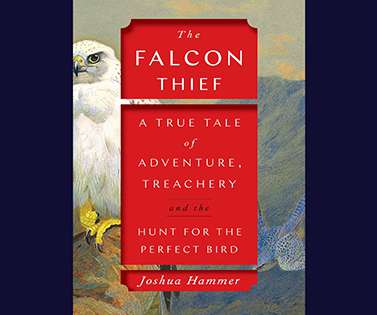



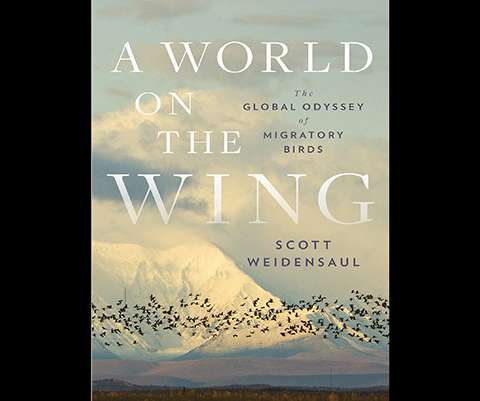

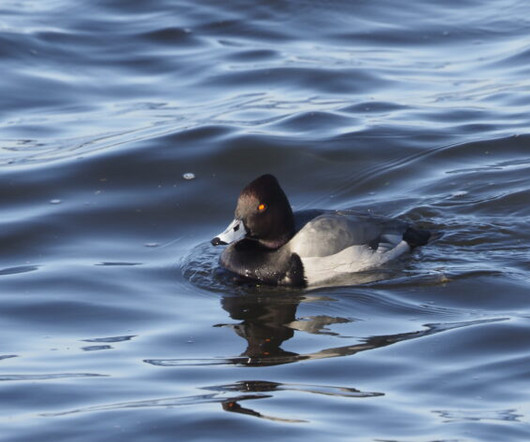








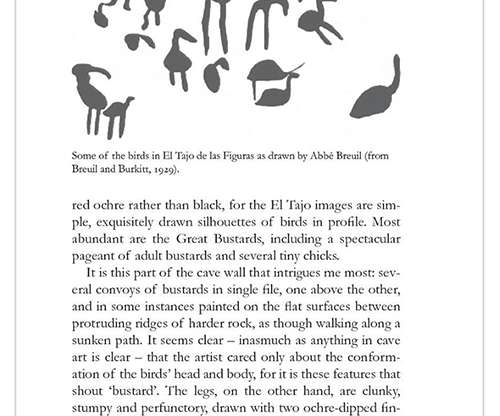





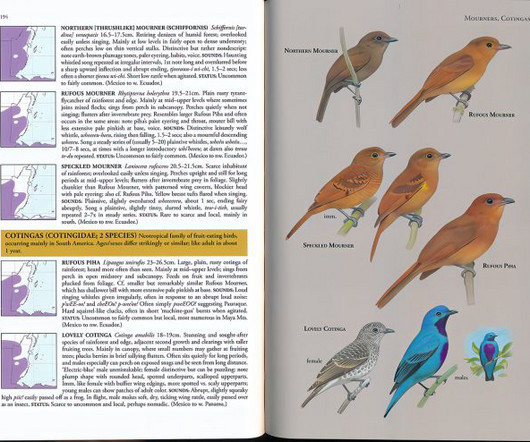
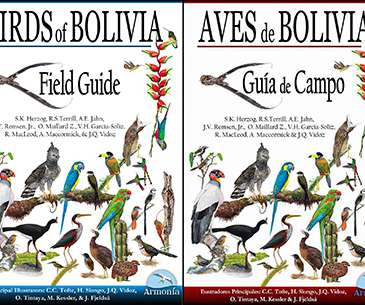
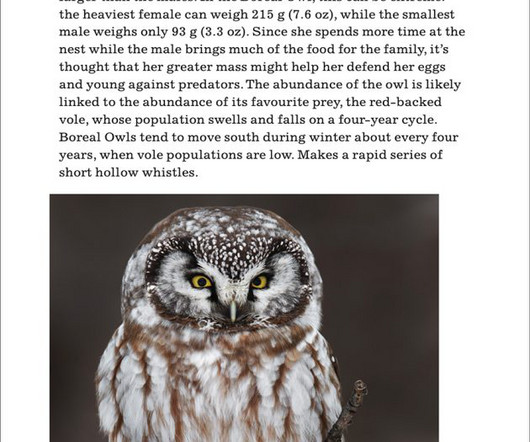




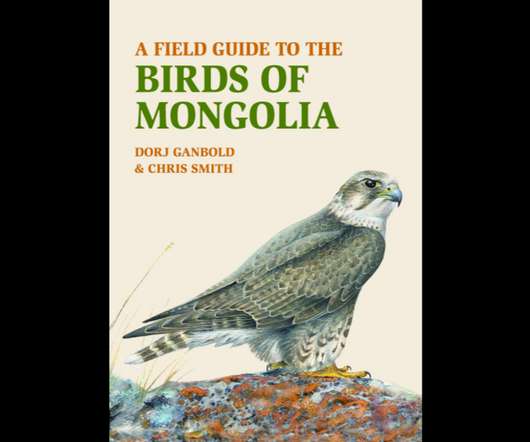
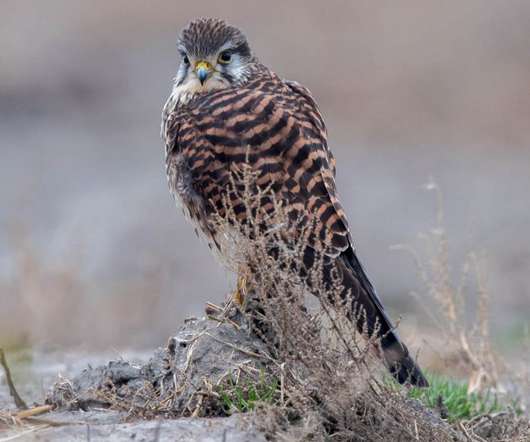
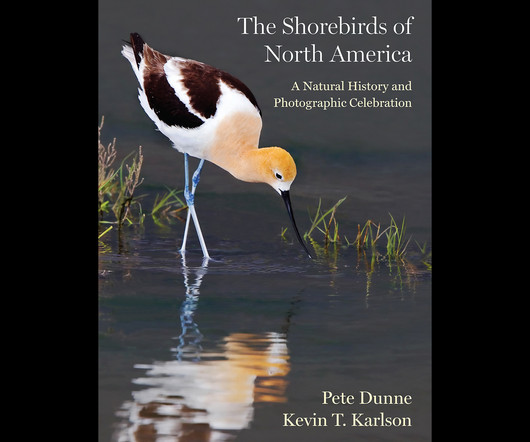
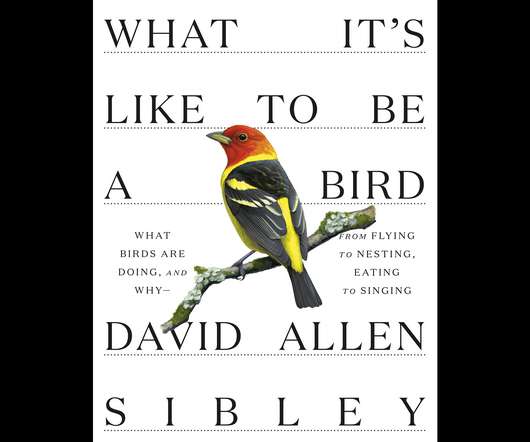








Let's personalize your content